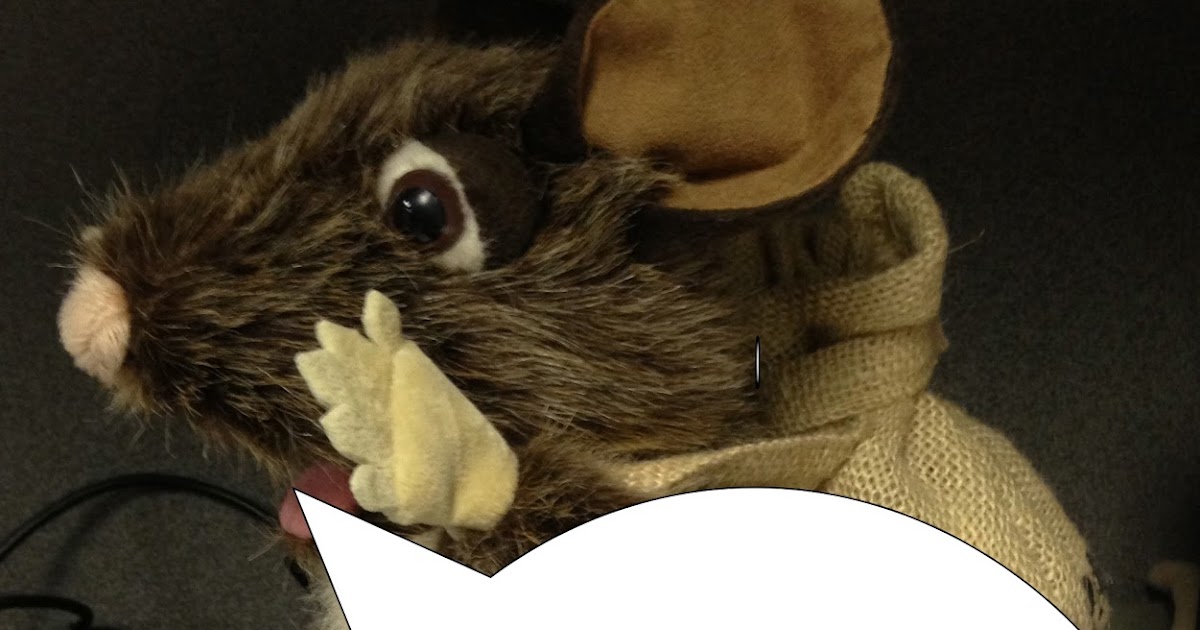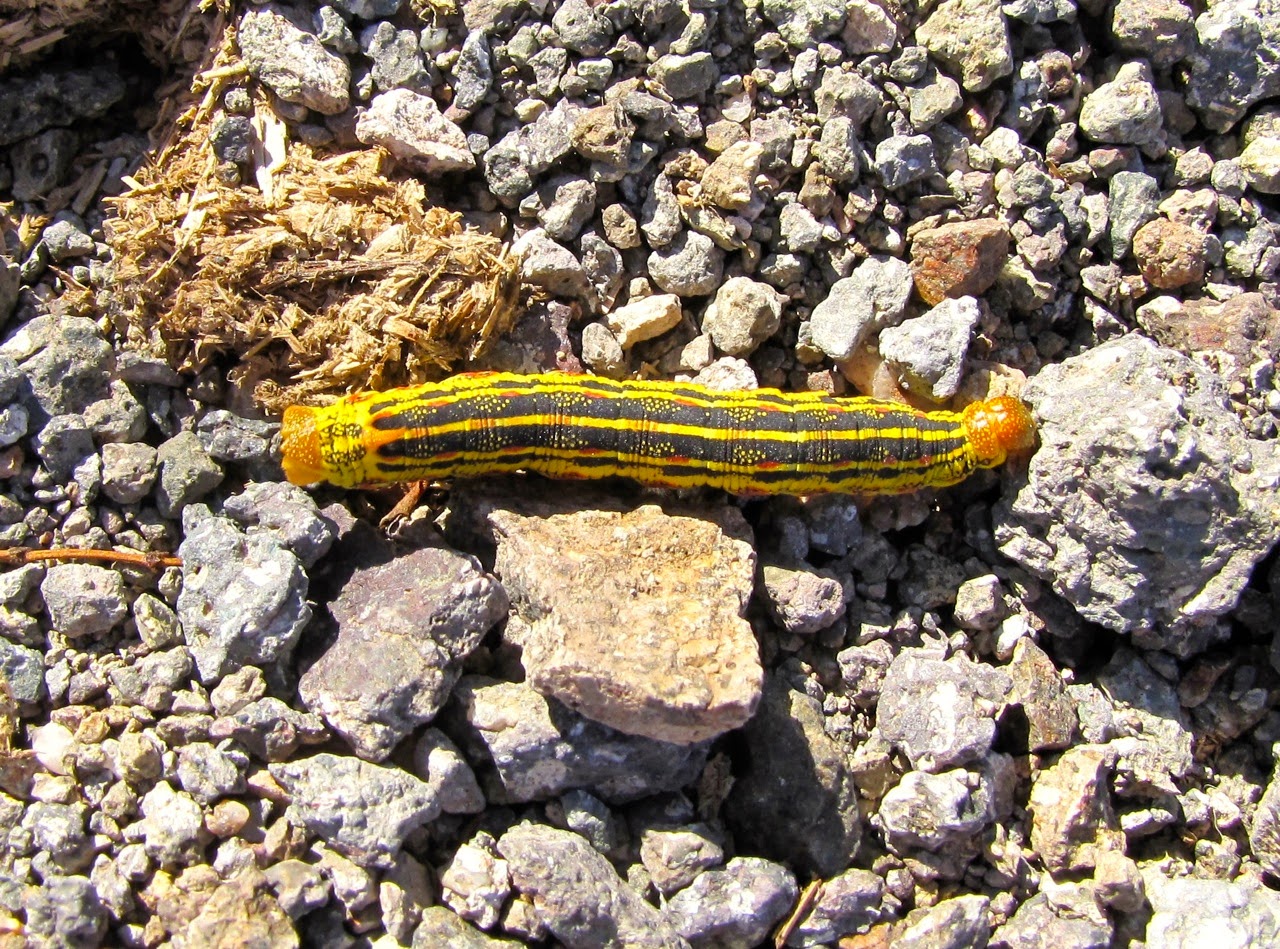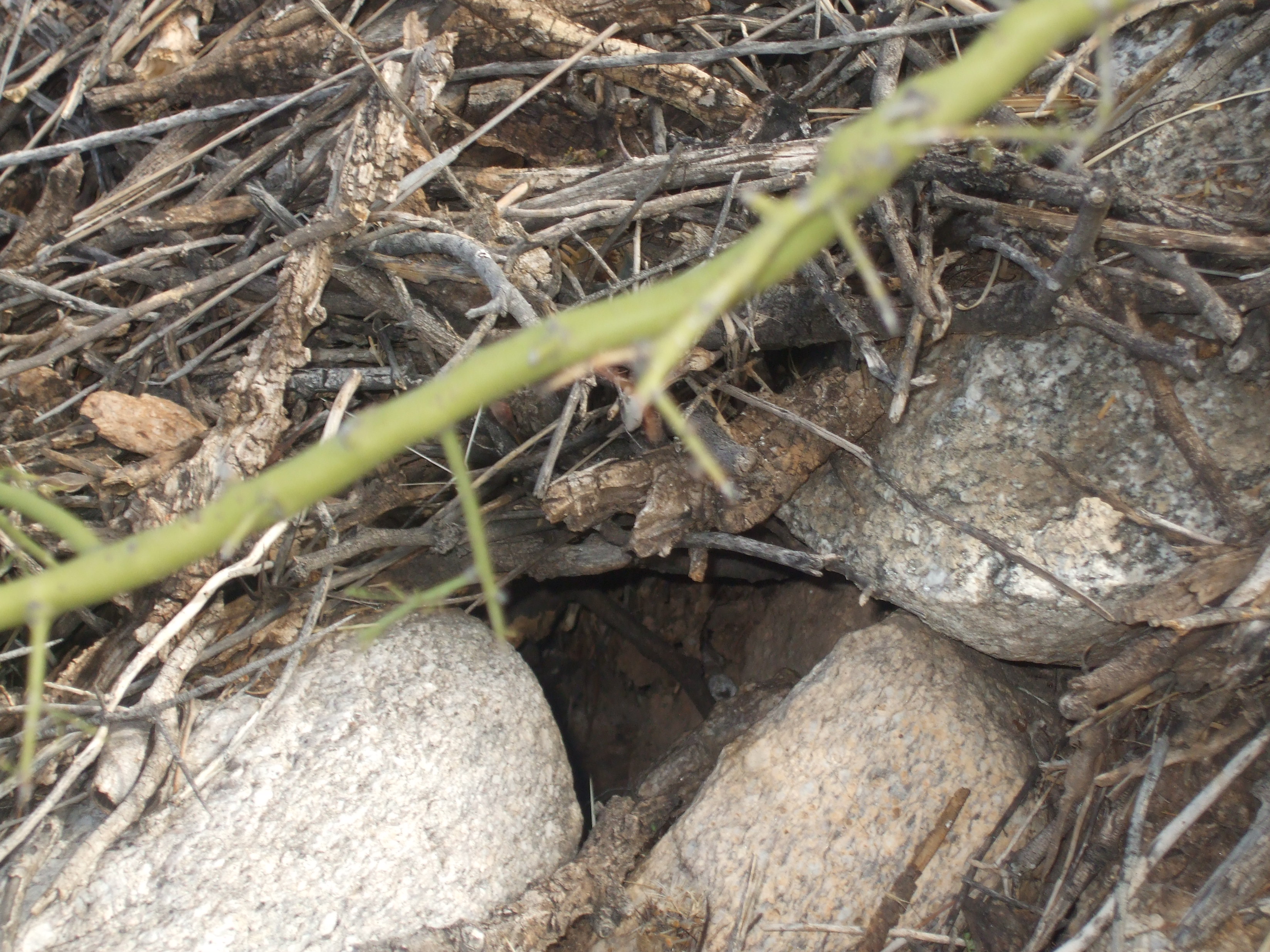

This gives us a convenient way to talk about them without trying to assign them to a particular "parent" animal. Dinosaur eggs are assigned to paraspecies, similar to the classifications of animal tracks, pollen grains or phytoliths. We don't always know what species of dinosaur an egg belongs to. Another piece of information derived from dinosaur eggs is their arrangement in nests-sometimes they are laid out in spirals, sometimes in heaps, sometimes they are found alone. Very rarely, fossil embryos are preserved inside dinosaur eggs. Technically speaking, dinosaur eggs are trace fossils, the category that also includes fossil footprints. Learn about brachiopods in this lab exercise from SUNY Cortland.ĭinosaur eggs are known from about 200 sites around the world, the majority in Asia and mostly in terrestrial (nonmarine) rocks of Cretaceous age. The groove in the middle of the one shell is called a sulcus and the matching ridge on the other is called a fold. The strongly crimped shape of this specimen, which is 1.6 inches wide, marks it as a spiriferidine brachiopod. A different way to look at it is that bivalves have left and right shells while brachiopods have top and bottom shells.Īnother important difference is that the living brachiopod typically is attached to a fleshy stalk or pedicle coming out of the hinge end, whereas bivalves have a siphon or a foot (or both) coming out the sides. Whereas the mirror plane in bivalves cuts between the two shells, the plane in brachiopods cuts each shell in half-it's vertical in these pictures.

Both shells can be cut into two identical halves that mirror each other. They look like bivalves but are quite different.īrachiopods (BRACK-yo-pods) are an ancient line of shellfish, first appearing in the earliest Cambrian rocks, that once ruled the seafloors.Īfter the Permian extinction nearly wiped out the brachiopods 250 million years ago, the bivalves gained supremacy, and today the brachiopods are restricted to cold and deep places.īrachiopod shells are quite different from bivalve shells, and the living creatures within are very different. Still, it looks just like its oldest ancestors.įor lots more detail on the bivalves, see this lab exercise from SUNY Cortland. This fossil clam is young, from the Pliocene or Pleistocene rocks of central California. It is believed that a permanent change in the ocean or atmospheric chemistry made it possible for organisms to secrete hard shells of calcium carbonate. (The other two-shelled mollusks, the brachiopods, have two unmatching valves, each one symmetrical.)īivalves are among the oldest hard fossils, showing up in Early Cambrian times more than 500 million years ago. In bivalves, the two shells are right-handed and left-handed, mirrors of each other, and each shell is asymmetrical. "Valve" refers to the shell, thus bivalves have two shells, but so do some other mollusks. The classic shellfish dates from Cambrian times.īivalves, classified among the mollusks, are common fossils in all rocks of Phanerozoic age.īivalves belong in the class Bivalvia in the phylum Mollusca. That would not help the organism survive, but by ensuring reproduction it would keep the species alive.Īll the ammonoids died at the end of the Cretaceous in the same mass extinction that killed off the dinosaurs. It is suggested that this ornamentation served as an aid to mating with the right species. In the wide, warm seas of the Jurassic and Cretaceous, ammonites diversified into many different species, largely distinguished by the intricate shapes of the suture between their shell chambers.

The ammonites grew as large as over three feet across. The animal lived at the end of the shell in the largest chamber. Ammonites were a suborder of ammonoid with heavy, ornamented shells that thrived starting in the Jurassic Period, between 200 and 150 million years ago.Īmmonoids have a coiled, chambered shell that lies flat, unlike gastropod shells. Ammonoids lived from Early Devonian times until the end of the Cretaceous Period, or from about 400 million to 66 million years ago. Paleontologists are careful to distinguish the ammonoids from the ammonites. Ammonoids ruled the seas for 300 million years.Īmmonoids were a very successful order of sea creatures (Ammonoidea) among the cephalopods, related to the octopuses, squids, and nautilus.


 0 kommentar(er)
0 kommentar(er)
